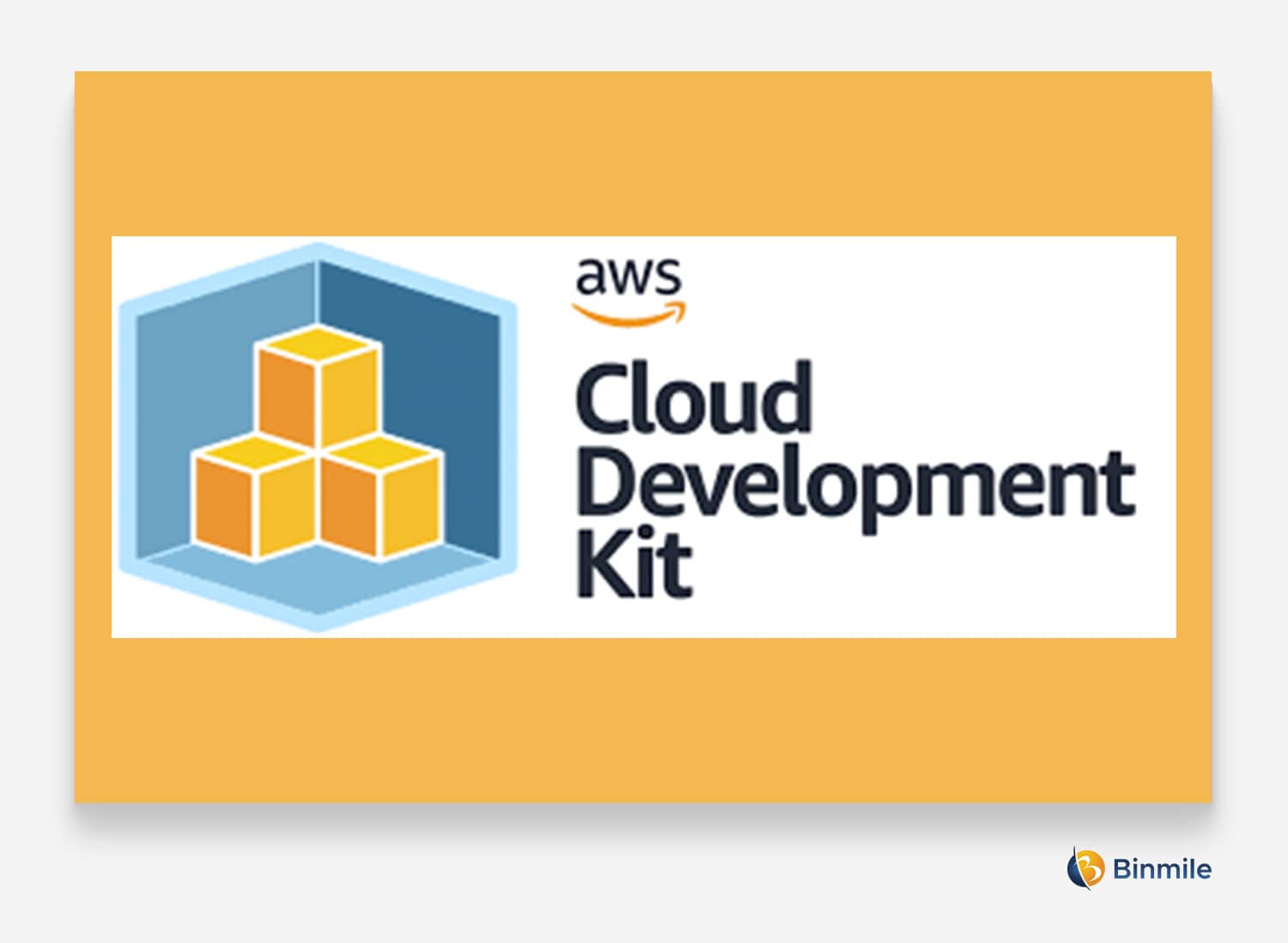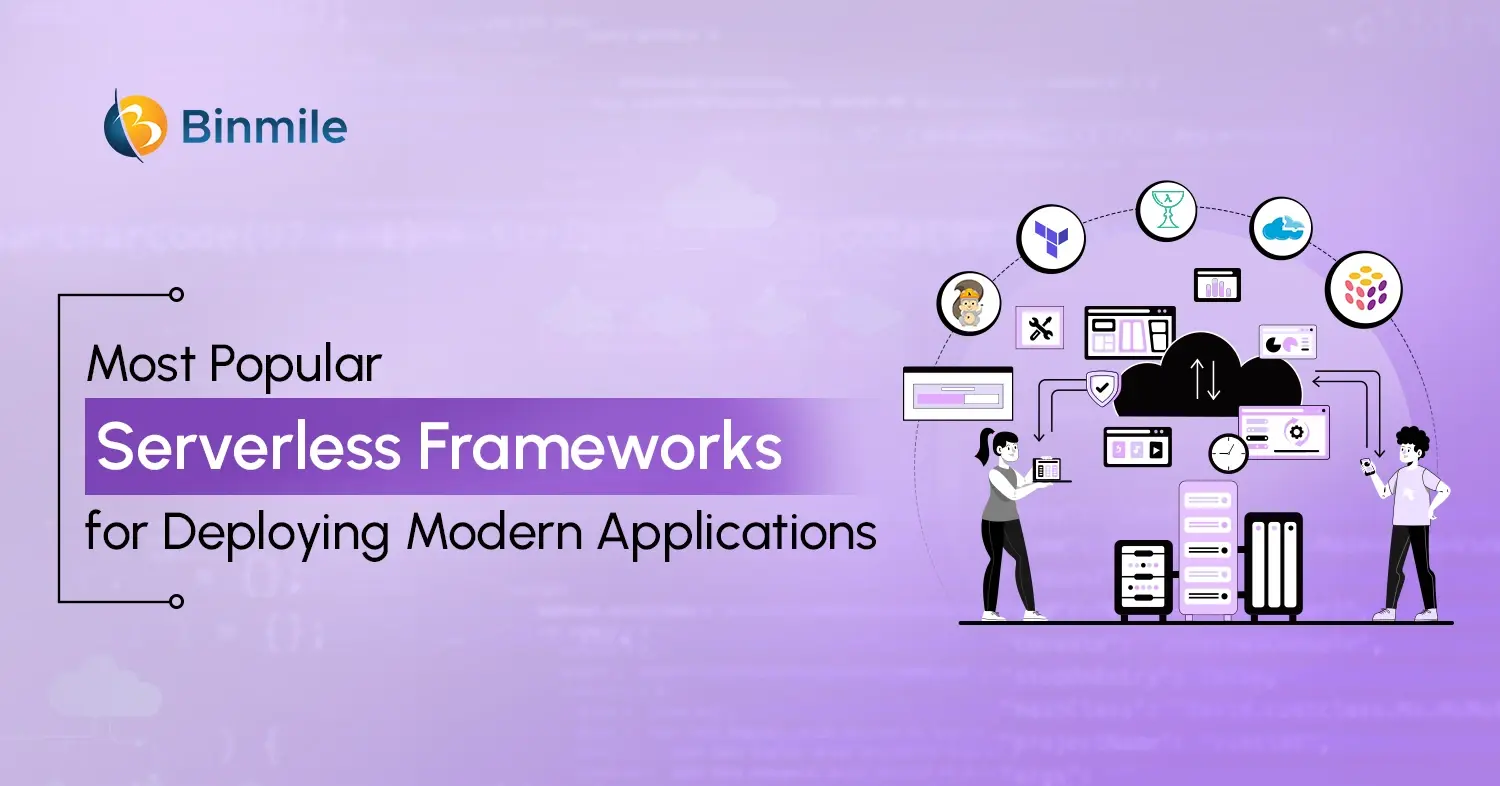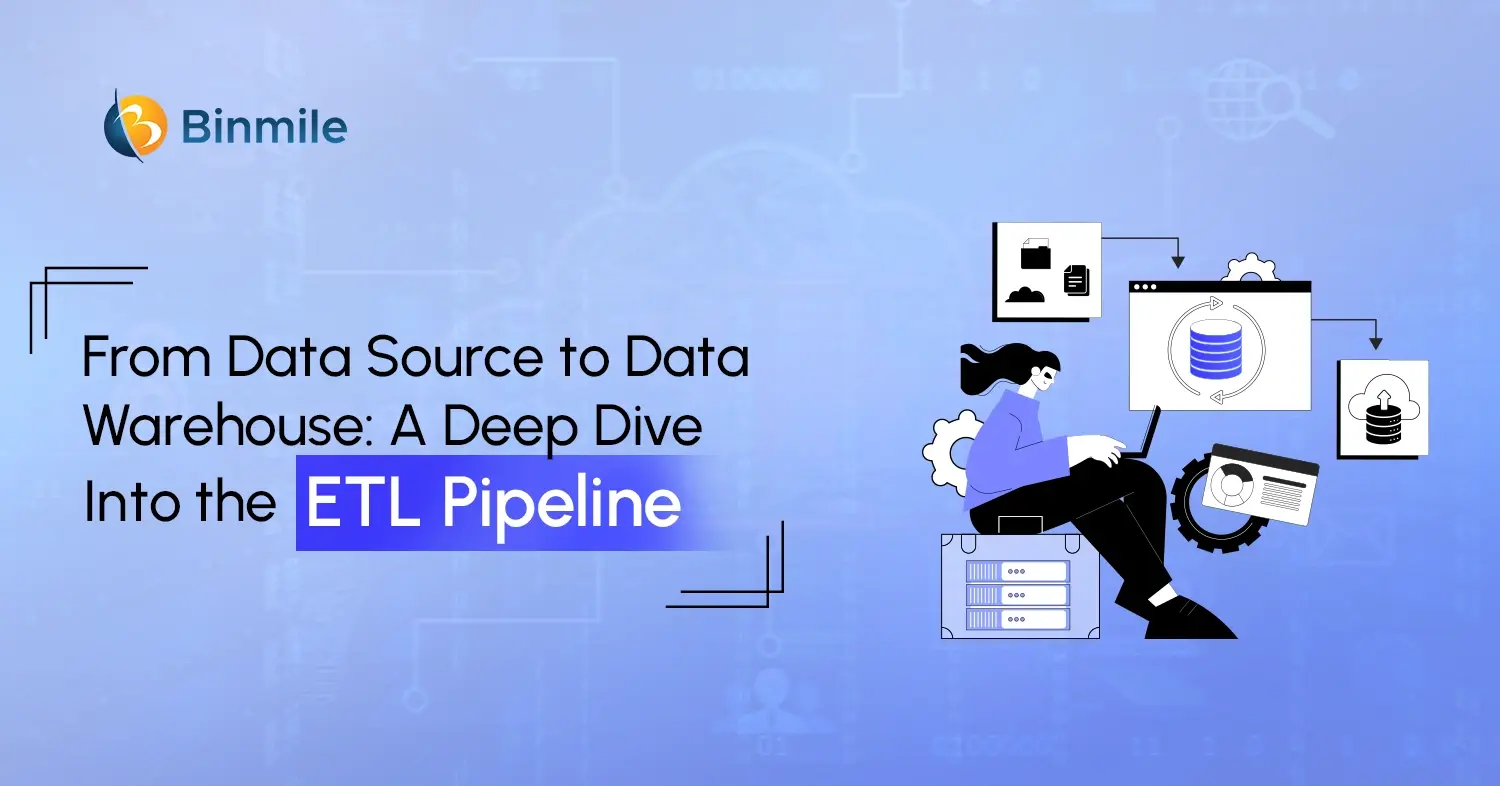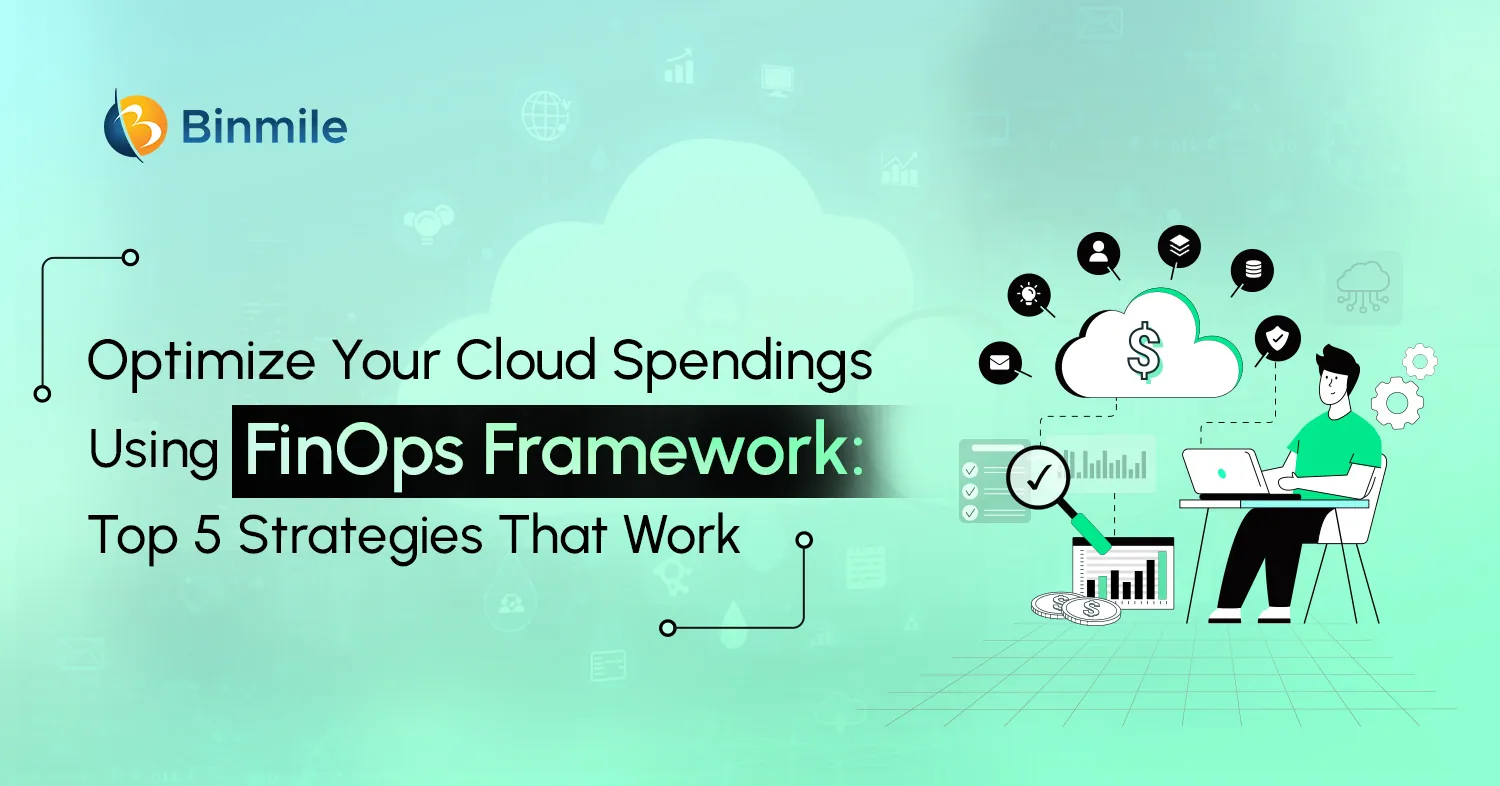The cloud computing world is rapidly evolving, therefore it has become imperative for organizations to build scalable and resilient infrastructure as they migrate their applications to the cloud. To achieve these goals, many have turned to infrastructure as code (IaC) to automate the process of provisioning and configuring resources in the cloud. It has empowered developers with the ability to specify application infrastructure in a source-controlled language that is understood throughout the developer’s stack to manage their infrastructure. AWS cloud services’ offering AWS Cloud Development Kit is the perfect solution for “how to develop Cloud Infrastructure with AWS CDK.” Since AWS CDK is an open-source software development framework, it offers developers, and especially Amazon cloud developers, a powerful toolset to create and manage cloud resources using familiar programming languages.
In this blog, we’ll discuss What is CDK in AWS? Its features and benefits. Also, we’ll explore 5 effective ways to help you know to deploy services with AWS CDK and build scalable and resilient cloud infrastructure.
What is CDK in AWS: How Does CDK Work & Its Features
The AWS CDK is an open-source software development framework that allows developers to define cloud infrastructure in code using familiar programming languages. With AWS CDK, they can provision and manage AWS resources using languages like Python, TypeScript, JavaScript, Java, and C#. This approach is often referred to as “Infrastructure as Code” (IaC), where you use code to define and deploy cloud resources, enabling automation, versioning, and reproducibility.

Wondering how does CDK work? Well, it works by allowing Amazon Cloud Developer to write CDK code in languages like TypeScript, Python, Java, or C#, instead of writing through CloudFormation templates. This code defines AWS resources and their relationships. When they run the CDK application, it generates CloudFormation templates in the background. These templates are then used to create and manage the actual cloud resources on AWS.
The major tools of AWS Cloud Development Kit include the CLI, CloudFormation, constructs, apps, stacks, and construct libraries.
How is CDK in AWS Differs from AWS SDK
AWS CDK is primarily used for defining and deploying cloud infrastructure (IaC) in code, while AWS SDK is used for interacting with AWS services programmatically in your applications.
While AWS SDK focuses on performing actions and integrating with specific AWS services, like sending messages to SQS, accessing data from S3, etc, AWS CDK doesn’t. The focal point for the AWS cloud development kit is on provisioning and managing infrastructure resources such as EC2 instances, S3 buckets, Lambda functions, etc.
Features of AWS CDK:
- Familiar Programming Languages: AWS CDK supports popular programming languages, enabling developers to use the languages they are already familiar with to define cloud infrastructure.
Reusable Components: CDK allows you to create reusable components (constructs) that encapsulate certain functionality. This encourages best practices, reduces code duplication, and simplifies the management of complex architectures. - Auto-Generated CloudFormation: Under the hood, AWS CDK generates CloudFormation templates based on the code you write. This means you can benefit from CloudFormation’s reliability and features while enjoying the higher-level abstraction of CDK constructs.
- AWS Resource Abstractions: CDK provides higher-level abstractions for AWS resources, allowing you to define multiple related resources together and manage their relationships more intuitively.
- Automatic Dependencies Management: CDK automatically manages the dependencies between resources, ensuring that resources are created in the proper order and that their relationships are correctly established.
Major Concepts of AWS CDK:

Here are three core concepts of CDK that can help you deploy services with AWS CDK:
- Constructs: AWS Constructs are the building blocks of your CDK code. Constructs are pre-built, reusable components that represent AWS resources or higher-level abstractions of resources.
- Apps: These are the applications you define using AWS CDK. An app can consist of multiple stacks that make up your cloud infrastructure.
- Stacks: Stacks are units of deployment within an app. They contain a group of related resources that you want to deploy together.
Top Benefits of Using AWS Cloud Development Kit to Build Cloud Infrastructure
As an Amazon cloud developer, if you’re still wondering whether you should deploy services with AWS CDK or not, then let’s now talk about the benefits you get when you deploy services with AWS CDK:
Simpler Cloud Onboarding
AWS CDK simplifies the process of getting started with AWS by minimizing the breadth of subjects you need to master. It enables you to leverage your existing proficiencies and tools for crafting cloud infrastructure. Moreover, it incorporates high-level components that come preconfigured with proven defaults, enabling you to build on AWS without requiring expert-level knowledge or programming languages.
Accelerated Development Workflow
Once you know how to develop Cloud Infrastructure with AWS CDK, you can harness the expressive capabilities of programming languages to delineate infrastructure. Concepts like objects, loops, and conditions, which you’re already familiar with, expedite the development process. Additionally, you can seamlessly integrate AWS CDK with your integrated development environment (IDE) to capitalize on current productivity tools and testing frameworks.
Customizable and Easily Shareable
It empowers you to fashion your reusable components tailored to your organization’s security, compliance, and governance prerequisites. Distributing these components within your enterprise, much like standard software libraries, facilitates the swift integration of best practices into new projects by default.
Seamless Work Context
With AWS CDK, constructing your cloud application becomes a cohesive experience within your IDE. By utilizing the same programming language, you can both write your runtime code and define your AWS resources. Leveraging the AWS Toolkit for VS Code further allows you to visualize your CDK application stacks and resources without switching contexts.
Also Read: AWS Cloud Migration Strategy
5 Best Practices For How to Develop Cloud Infrastructure with AWS CDK
So far, we’ve got a deep insight into what CDK is in AWS and how it helps Amazon Cloud Developer simplify cloud infrastructure. Let’s shift our focus to knowing some of the best practices that will equip them to create a cloud infrastructure that is both efficient and dependable:
Adopt Modular Approach
Taking a modular approach in AWS CDK means breaking down your cloud infrastructure into reusable components known as constructs. Each construct encapsulates a specific piece of functionality or resource. This approach promotes code reusability, simplifies maintenance, and accelerates development. By designing constructs that abstract away complex configurations, you can create a library of building blocks that can be easily combined to form more intricate architectures.
Utilize AWS CDK Libraries and Construct Libraries
The AWS library provides pre-built, high-level constructs for various AWS services, simplifying the creation of resources like S3 buckets, Lambda functions, and more. Additionally, as a developer, you can create your custom-construct libraries to encapsulate best practices, standards, and common patterns specific to your organization. Sharing these libraries within your team or community enhances consistency and accelerates project development.
Opt for IDE Integration for AWS CDK
Using AWS Cloud Development Kit with an Integrated Development Environment (IDE) enhances the development experience and accelerates the creation of cloud infrastructure. IDEs like Visual Studio Code (VS Code) provide extensions specifically designed for AWS CDK. These extensions offer features such as auto-completion, syntax highlighting, and real-time validation of your CDK code. They also provide quick access to documentation, constructs, and AWS service APIs, making it easier to navigate and develop your infrastructure code efficiently.
Initiate Automated Testing
Implement thorough testing for your CDK code. Write unit tests to validate the functionality of individual constructs and integration tests to verify that the entire stack works as expected. Doing so enables an Amazon cloud developer in early detection of issues or challenges for quick mitigation and guarantees that changes or modifications won’t disrupt existing infrastructure.
Continuous Backup and Disaster Recovery
Even with resilient infrastructure, it’s crucial to plan for disaster recovery. Use AWS CDK to automate the creation of backups, snapshots, and replication for critical data stores. When developers implement cross-region images for services like Amazon S3 and database replicas, it ensures the infrastructure is functioning as expected. This not only protects from sudden security or operational risks but also can minimize downtime in case of a disaster.
Wrapping Up
In this blog on how to develop Cloud Infrastructure with AWS CDK, we learned what AWS CDK is and how it’s a powerful tool for defining cloud infrastructure, and the top 5 best tips that will empower developers to build scalable and resilient cloud infrastructure using code. Embrace these 5 strategies, and you’ll be well on your way to building a cloud infrastructure that can handle the demands of today’s dynamic digital landscape.
If you’re looking for developers that can help you adapt to the new functionality launched by AWS as rapidly as possible, then your search ends with our AWS software development services. With us, you not only get to stay updated with the latest releases, community contributions, and other AWS resources to maximize the benefits of AWS CDK, but you gain more. Our team of certified and top-notch developers propels your organization to achieve more with a solid and reliable cloud infrastructure and go beyond business goals.
Frequently Asked Questions
AWS Cloud Development Kit (CDK) is an open-source software development framework that allows developers to define cloud infrastructure using familiar programming languages like TypeScript, Python, Java, and C#. It simplifies the process of building and deploying cloud applications by allowing users to write code instead of YAML or JSON templates used in AWS CloudFormation
Following AWS CDK best practices helps ensure that your cloud applications are scalable, maintainable, and secure. It promotes consistency across environments, reduces deployment risks, and enhances collaboration among teams. Adhering to these practices can significantly improve your development workflow and application reliability









